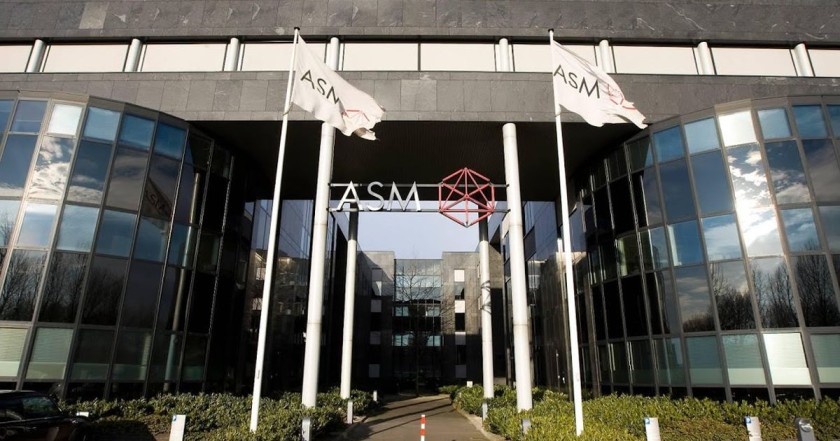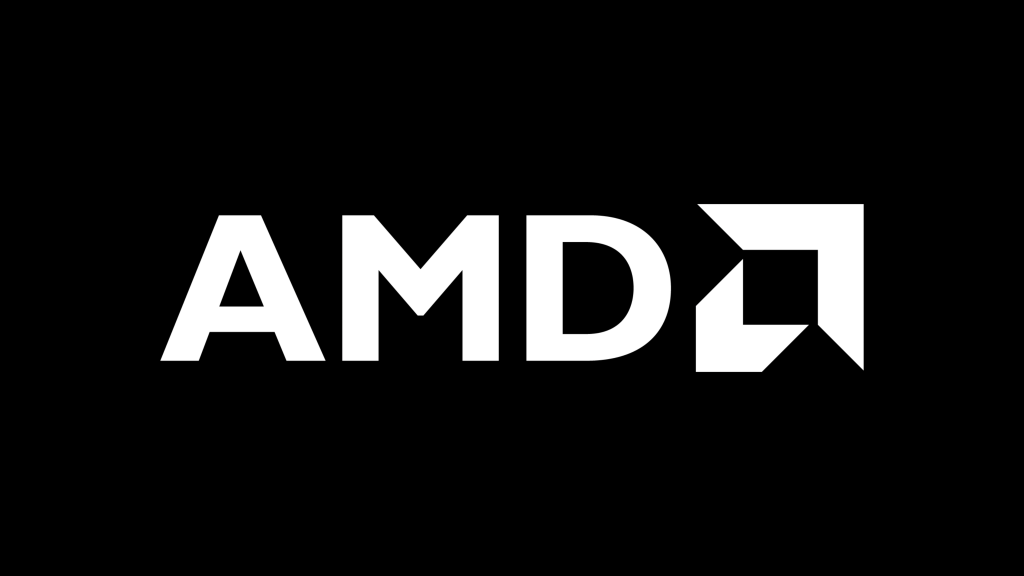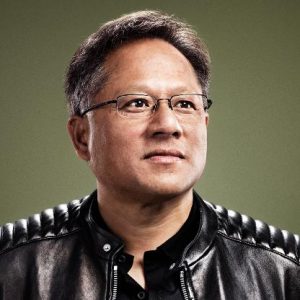ASM International: The Biggest contributors in the Growth of Semiconductor Technology
The semiconductor chips or we simply call them the ICs, have transformed the world of information technology. The founding of the ICs has opened doors for many who wanted to try their hands on a new career through innovation. ASM is one such name that came into being during the time when the semiconductor industry started to pave its way. And today, the names ASM and semiconductor technology go hand-in-hand. The company started as a sales agent in semiconductor fabrication technology, and now, ASM is known as the pioneer of new semiconductor technologies like Photolithography, Epitaxy, Ion implantation, and Atomic Layer Deposition (ALD).
ASM International
ASM has been functioning since 1968, the time when semiconductor technology was at its beginning too. The company has been working as a manufacturer of semiconductor wafer processing equipment for the fabrication of semiconductor devices. The working of ASM includes designing, manufacturing, sales, and service of the semiconductor wafers. ASM International shines as one of the leaders in the industry and serves in various fields, including communications, entertainment, energy, transport, and medicine.

The Origin of the Company
Arthur Del Prado founded AMS International as Advanced Semiconductor Materials in 1964 in Bilthoven, the Netherlands. He founded the company behind his house in a small shed, where he developed one of the first products of the company. In the very beginning, Advanced Semiconductor Materials was a sales office for semiconductor fabrication technology. In 1968, it registered as a private limited company.
In the next ten years, in 1970, ASM started its own designing and manufacturing unit for chemical vapor deposition equipment. With the hard work of Prado, ASM acquired a semiconductor molds manufacturing company Fico Toolings in 1974. The company also established its first international office in Hong Kong in 1975, which is known as ASM Pacific Technology today. In 1976, ASM had another office opened in Phoenix, Arizona.
In May 1981, ASM had its first IPO, and it was listed on Nasdaq. Del Prado believed in innovation and started to invest in new technologies like lithography, ion implantation, epitaxy, and wire bonding. This helped the company to grow at an even faster pace. The company then, in 1988, divested ASML Holding N.V. and ASM Ion Implant and ASM Fico to Berliner Electro Holding in 1993.
Different branches of ASM started to focus on diverse technologies to achieve faster results. The ASM Europe was working on the vertical low-pressure chemical vapor deposition furnaces, ASM Japan focused on plasma-enhanced chemical vapor deposition, and ASM America targetted the single wafer epitaxy.
At the beginning of the 2000s, the company was working on the 300-mm wafer technology and atomic layer deposition and introduced the latter in 2007. ASM was among the top ten global companies in the first Institute of Electrical and Electronics Engineers (IEEE) Spectrum study, 2006. The 45nm node and the Pulsar ALD tool from ASM became the first system to be used in the high-volume manufacturing of devices using a new hafnium-based high-k dielectric material. In 2009, the company headquarters was shifted from Bilthoven to Almere, the Netherlands. Currently, the company is working on device geometries of 10nm and below.
The Founder: Arthur del Prado
Arthur del Prado is the name of the legend who has a great contribution to the field of the semiconductor industry. He was born on 17 November 1931 in Dutch East Indies. During the Second World War, he got separated from his family and was locked in a Japanese camp as a teenager. But fortunately, he met his family again after the war was over.

Del Prado joined the University of Twente and studied chemistry, and later, went to the University of Amsterdam to pursue a degree in economics. He also went for further studies at Harvard Business School in 1954. He came back to the Netherlands in 1958, and in 1964, he founded ASM International. Del Prado served ASM as the Chief Executive Officer until 2008 and as the Chairman until 2016. He passed away in September 2016 at the age of 85.
ASM Today
ASM International is known to be the biggest contributor to the growth of the semiconductor industry. The company is currently having its various branches in 16 different countries, and over 2337 employees are working for it. ASM is the major producer of the products in the Atomic Layer Deposition, Epitaxy, Chemical Vapor Deposition categories. Benjamin Loh is the current CEO of ASM International.

Yashica is a Software Engineer turned Content Writer, who loves to write on social causes and expertise in writing technical stuff. She loves to watch movies and explore new places. She believes that you need to live once before you die. So experimenting with her life and career choices, she is trying to live her life to the fullest.







